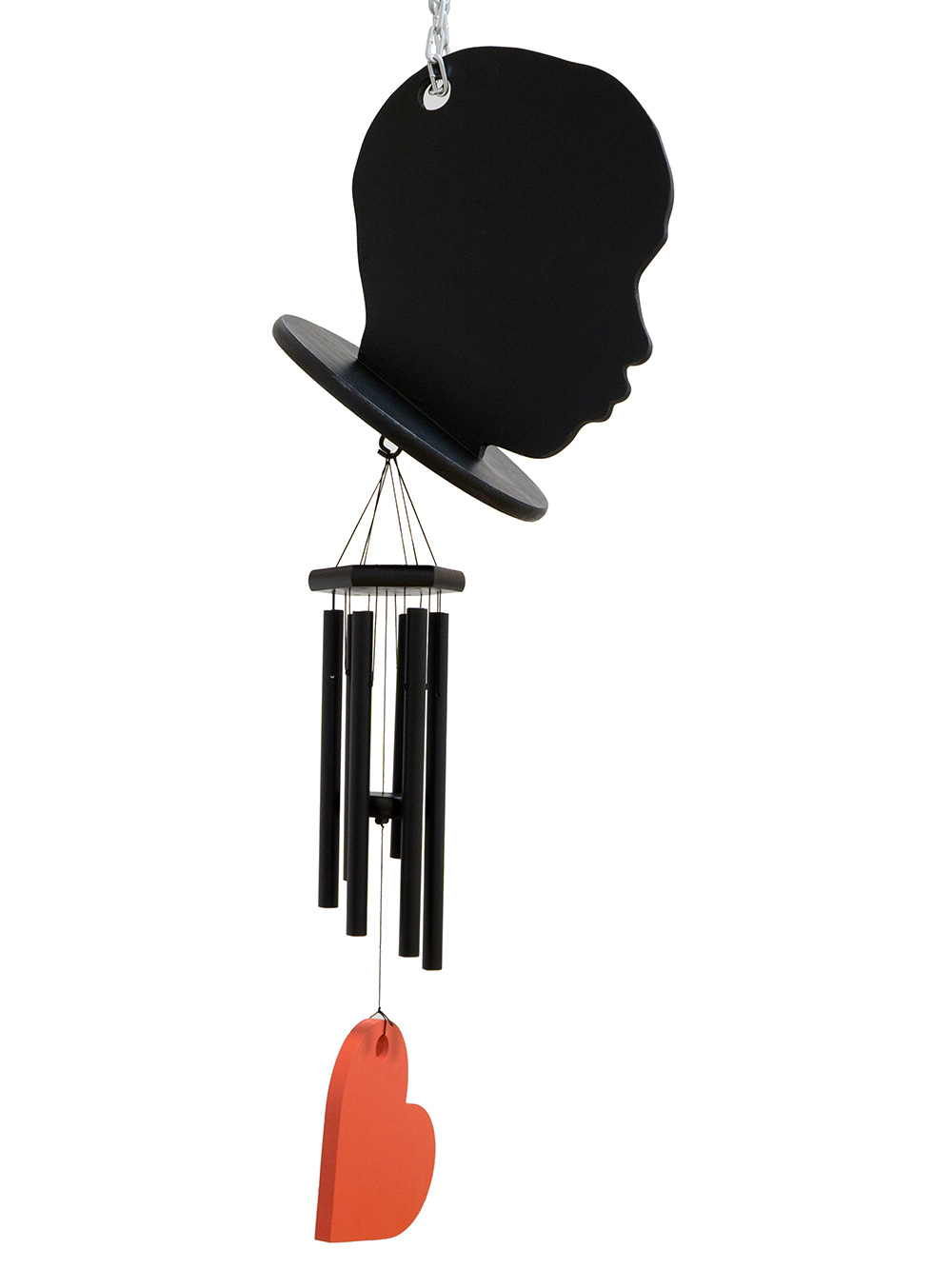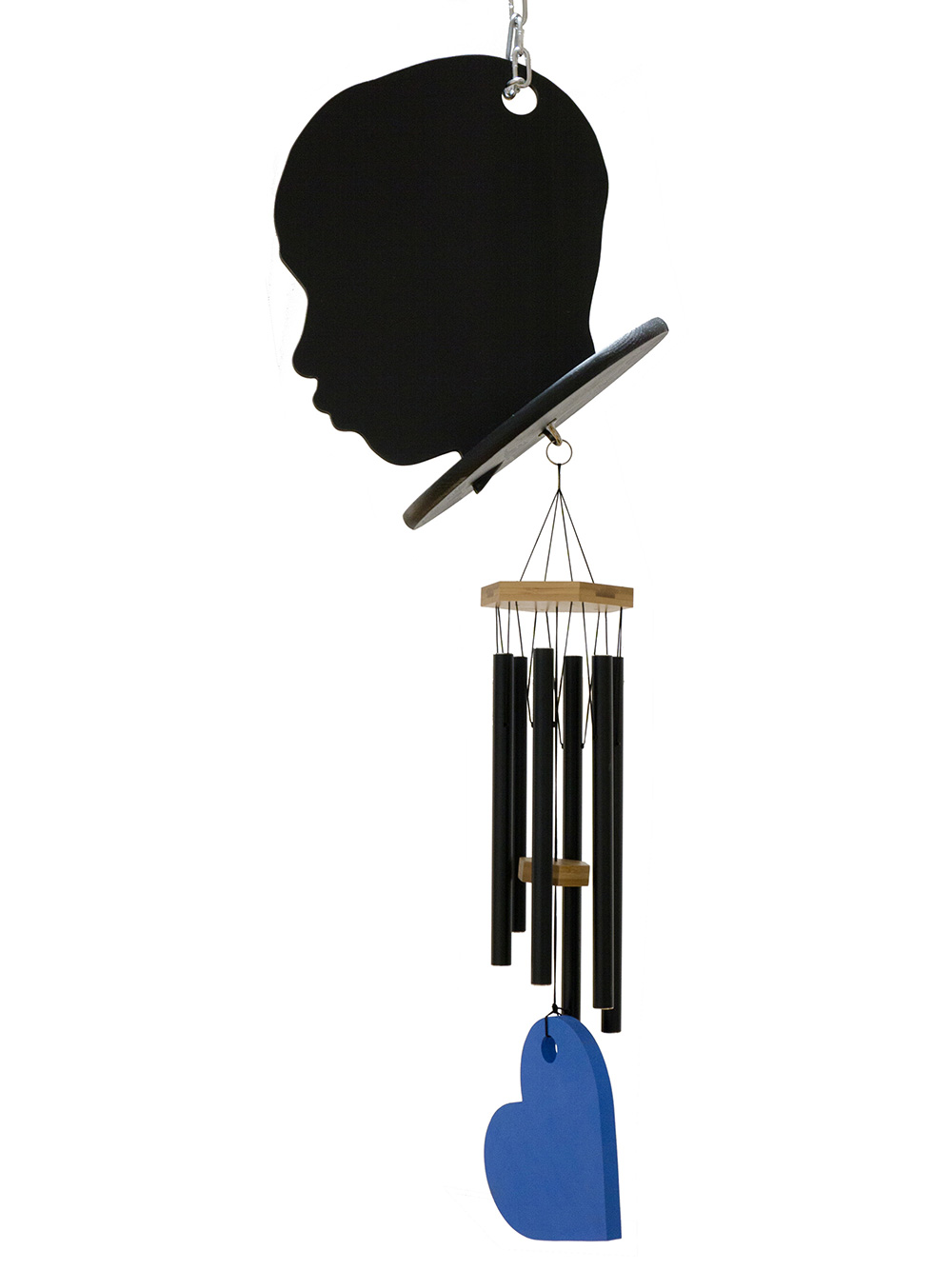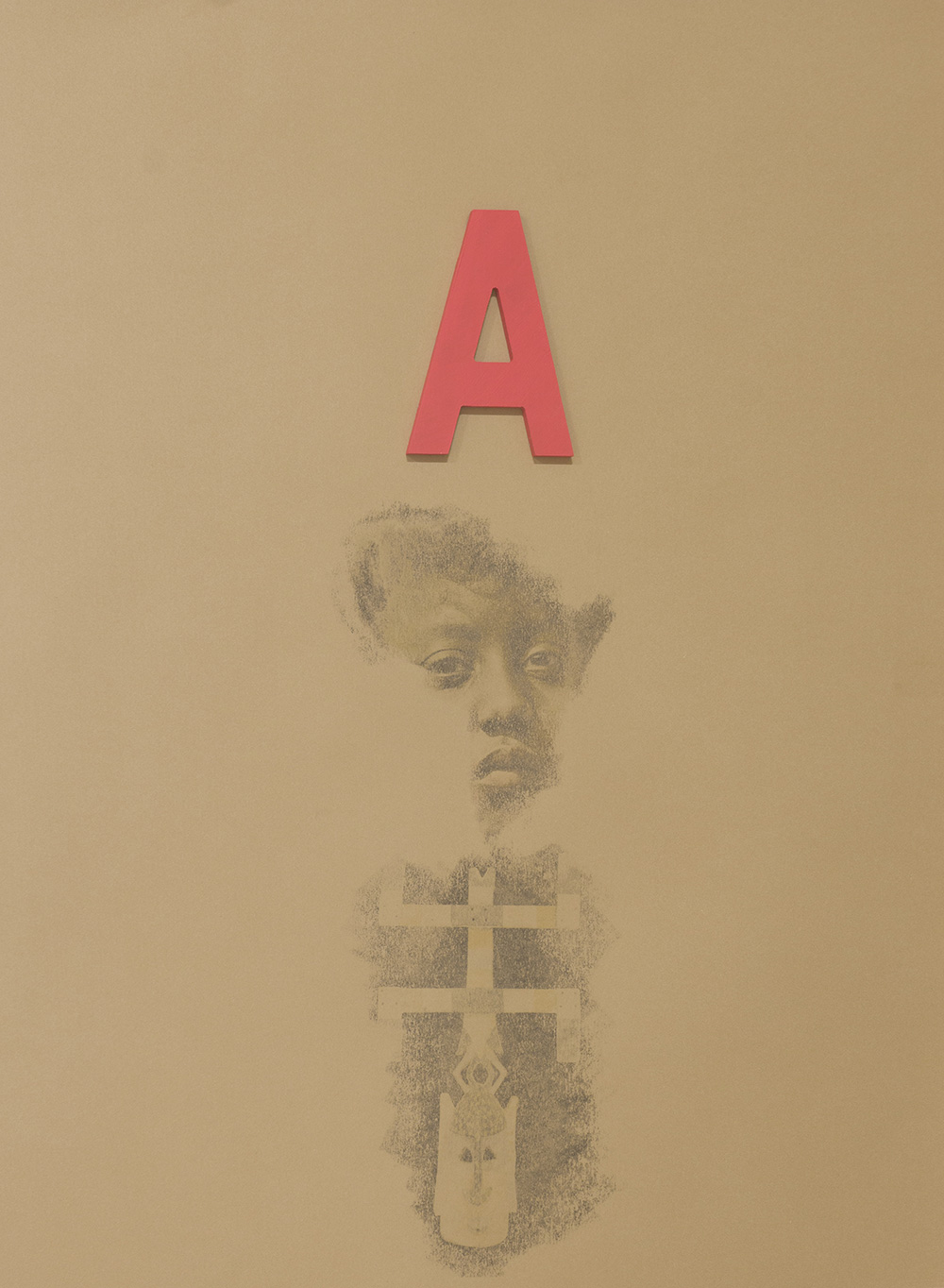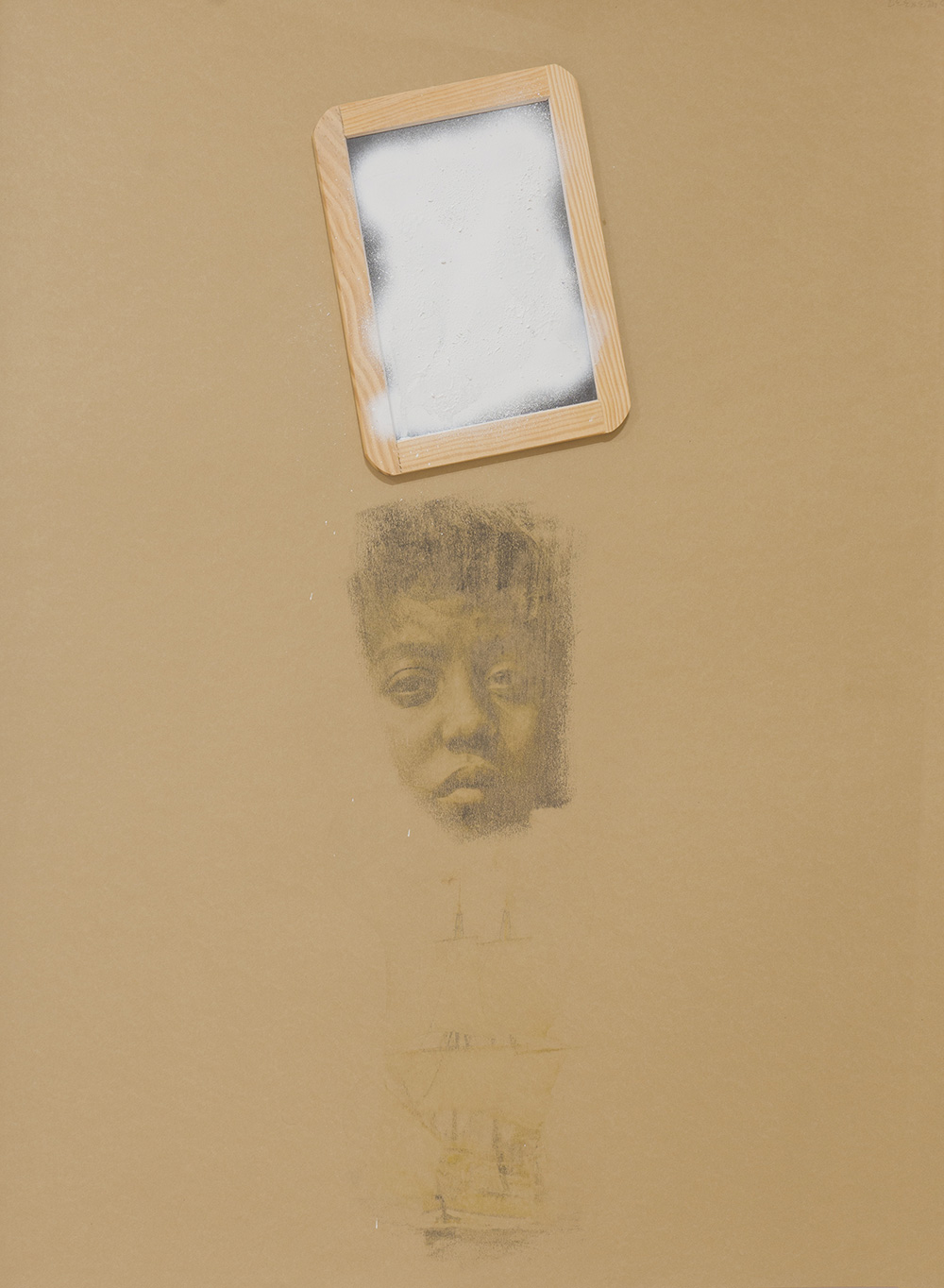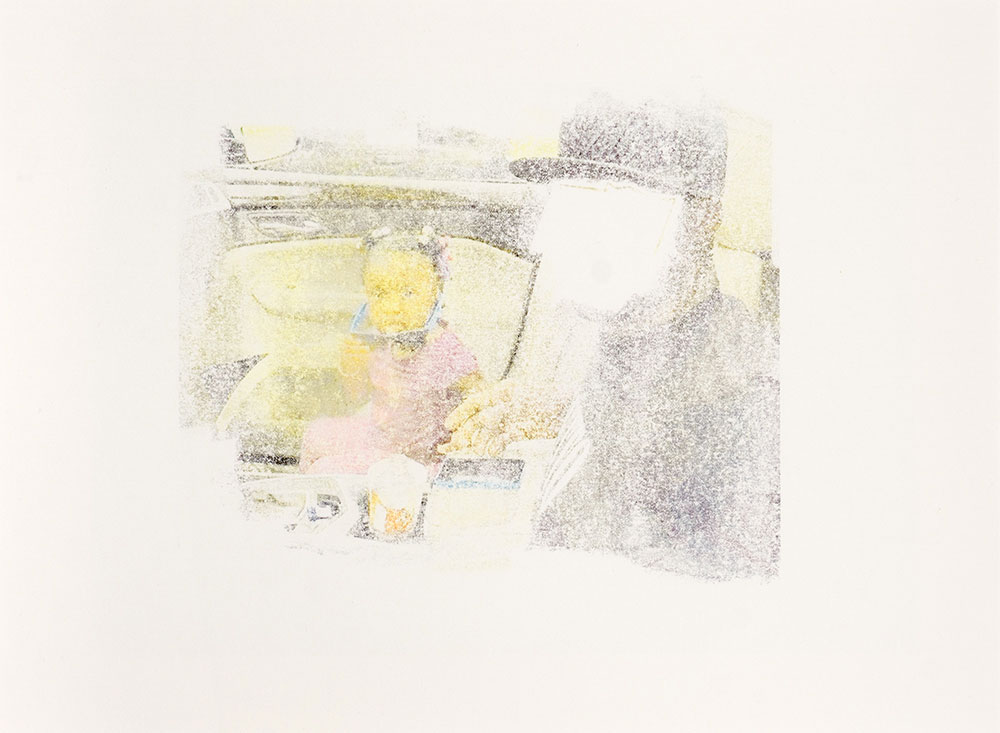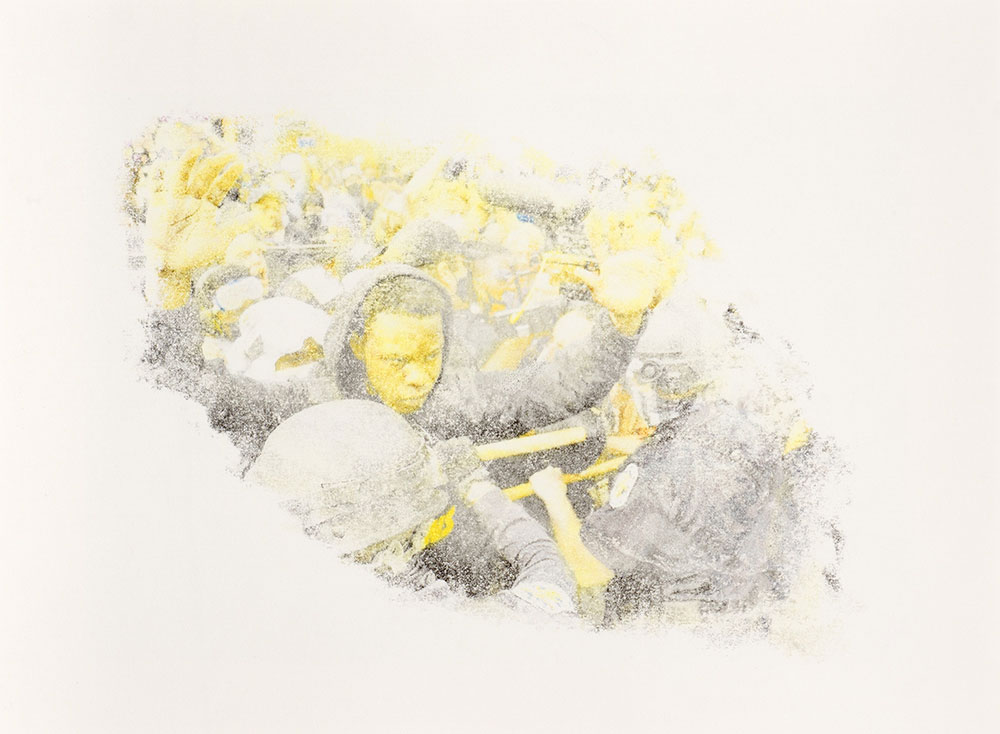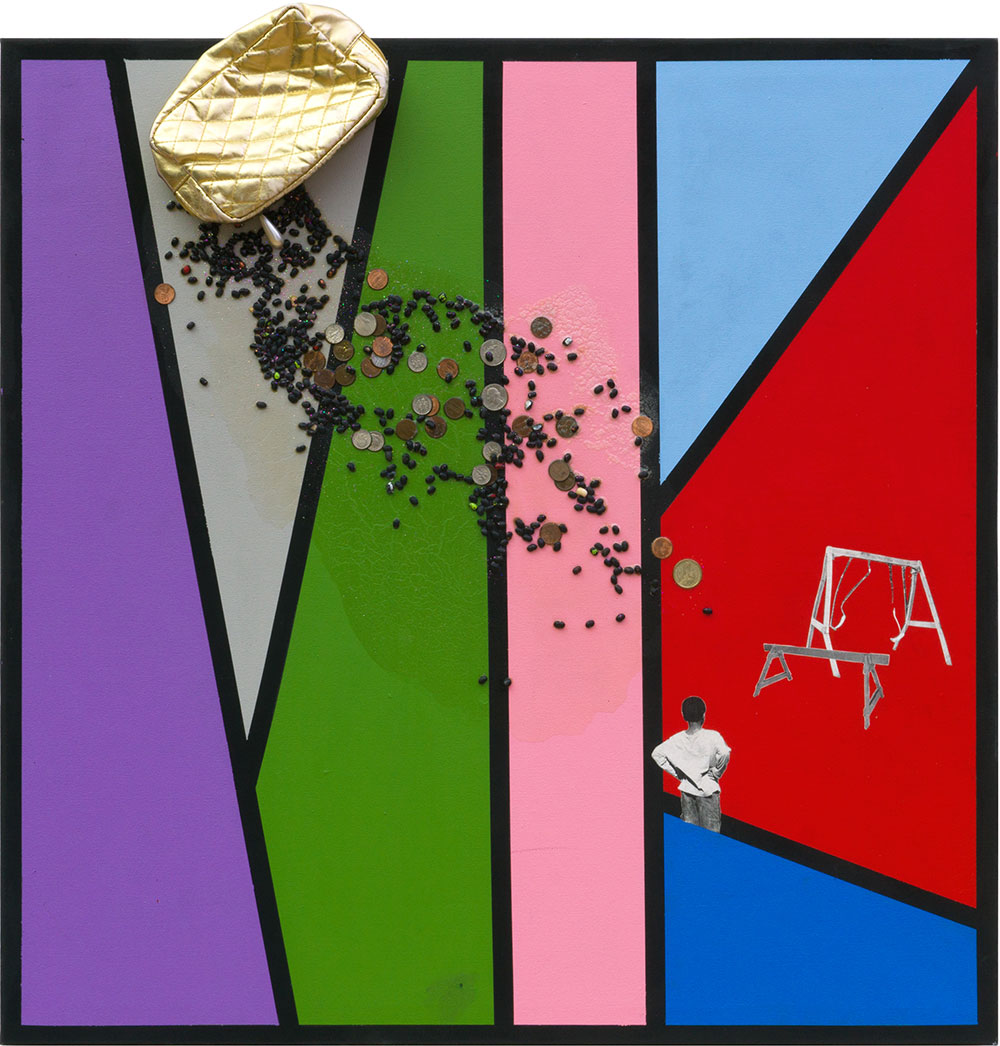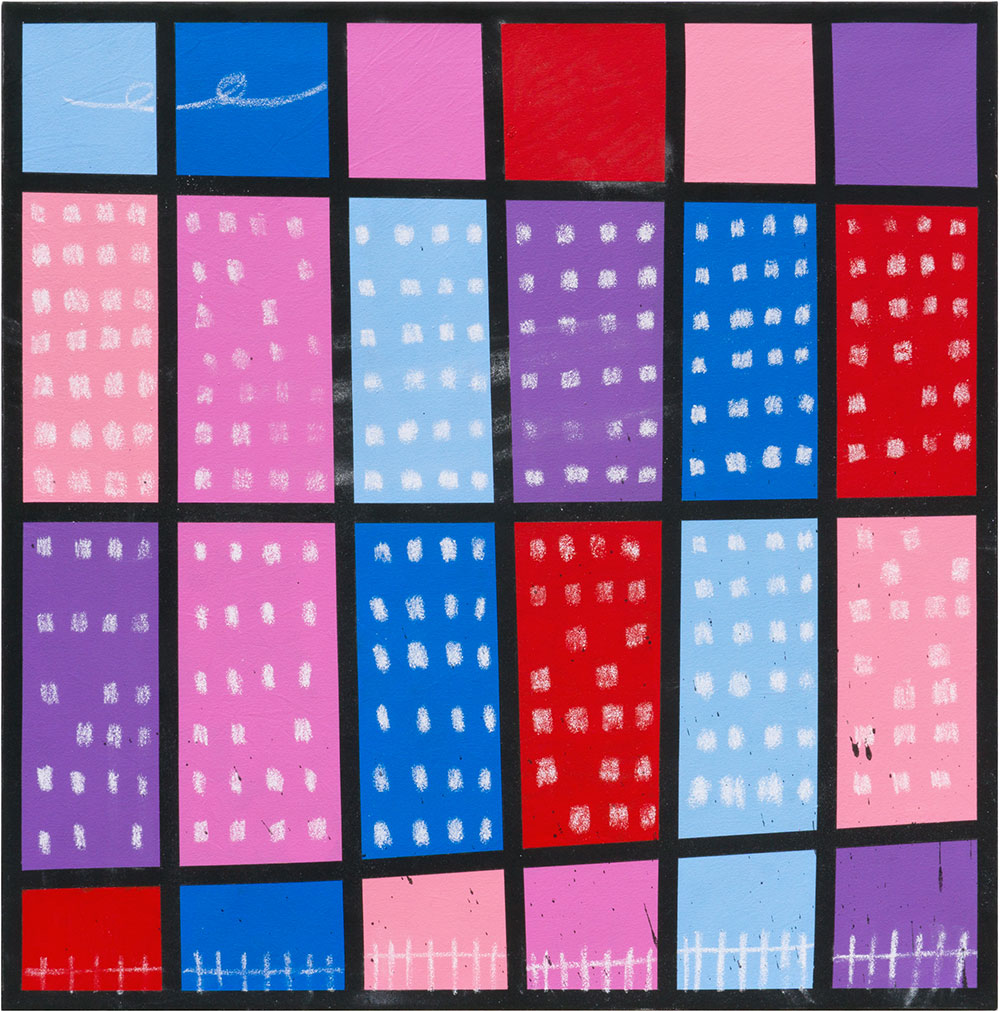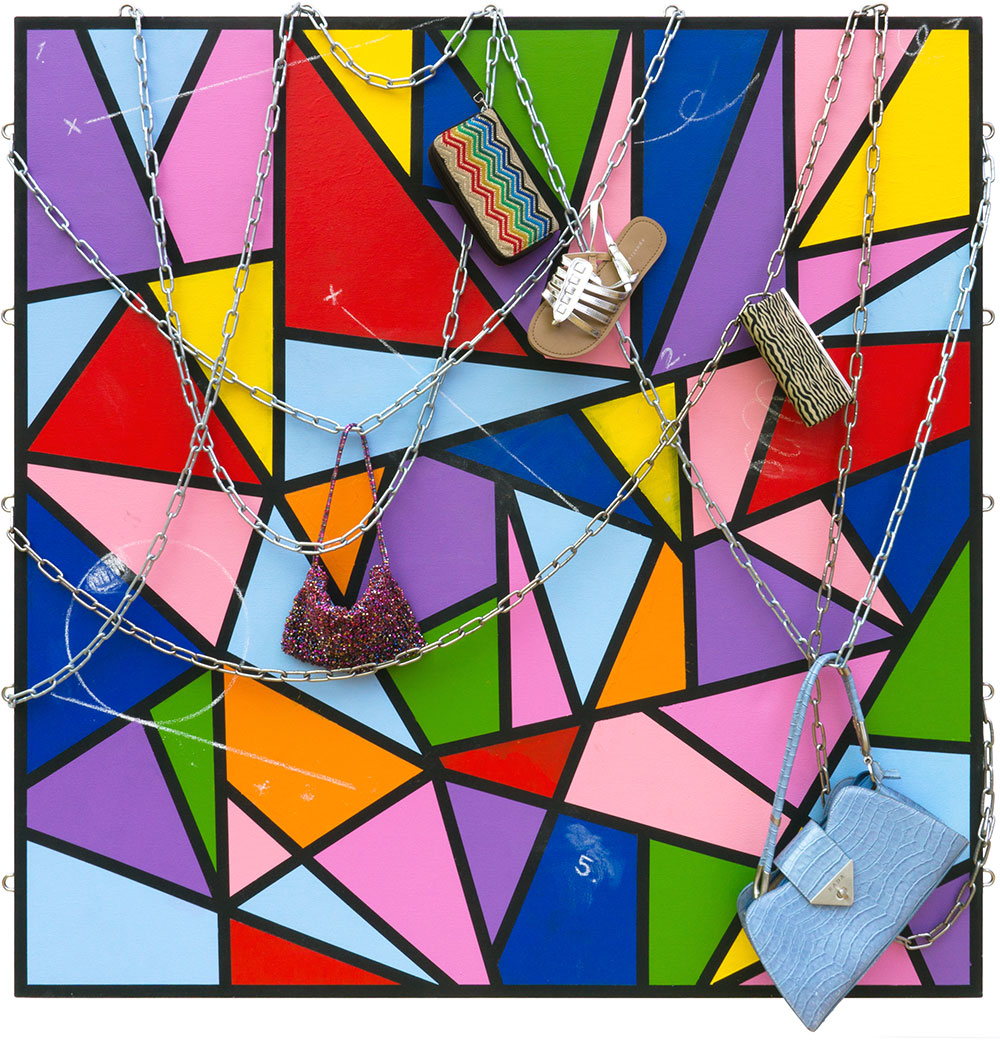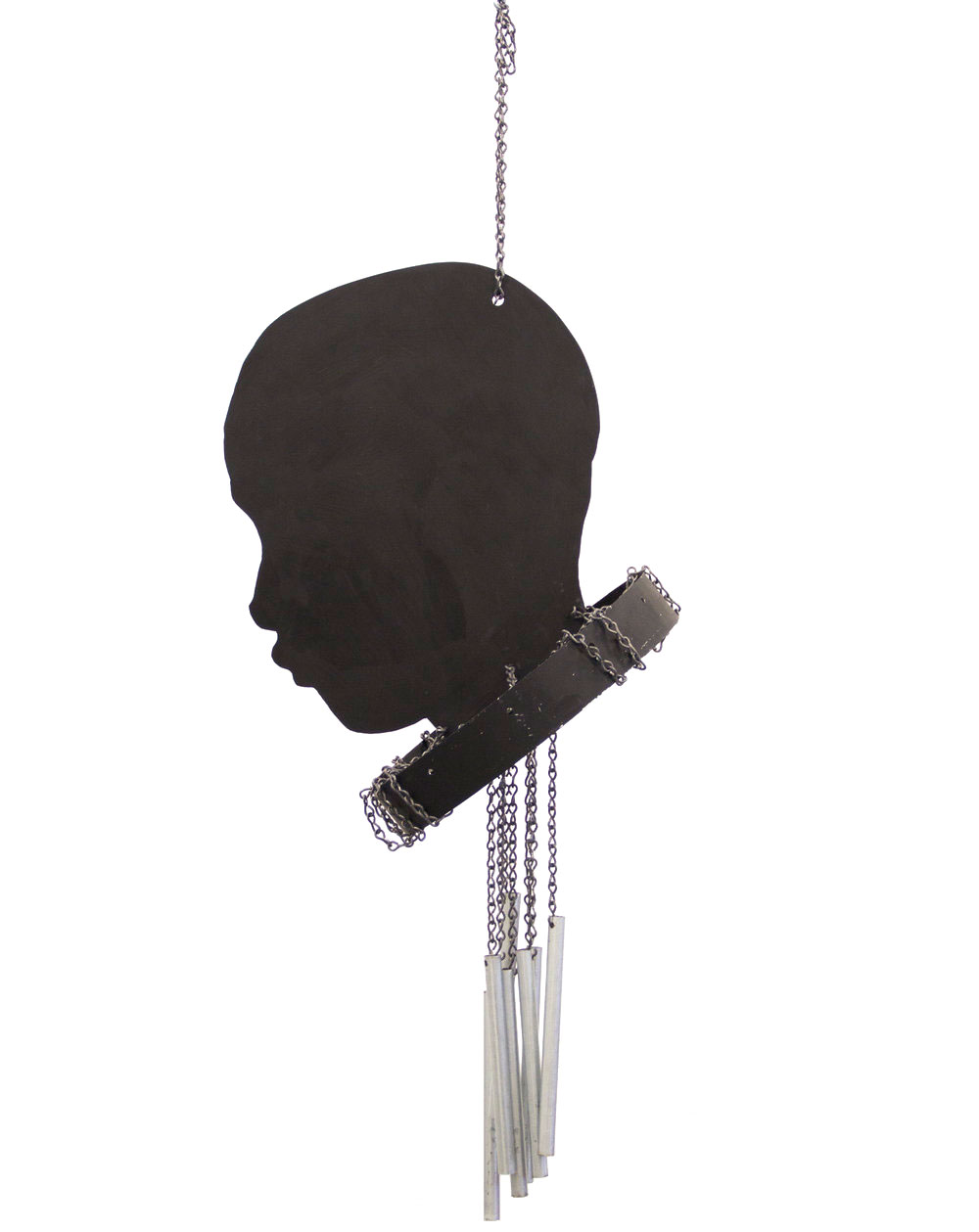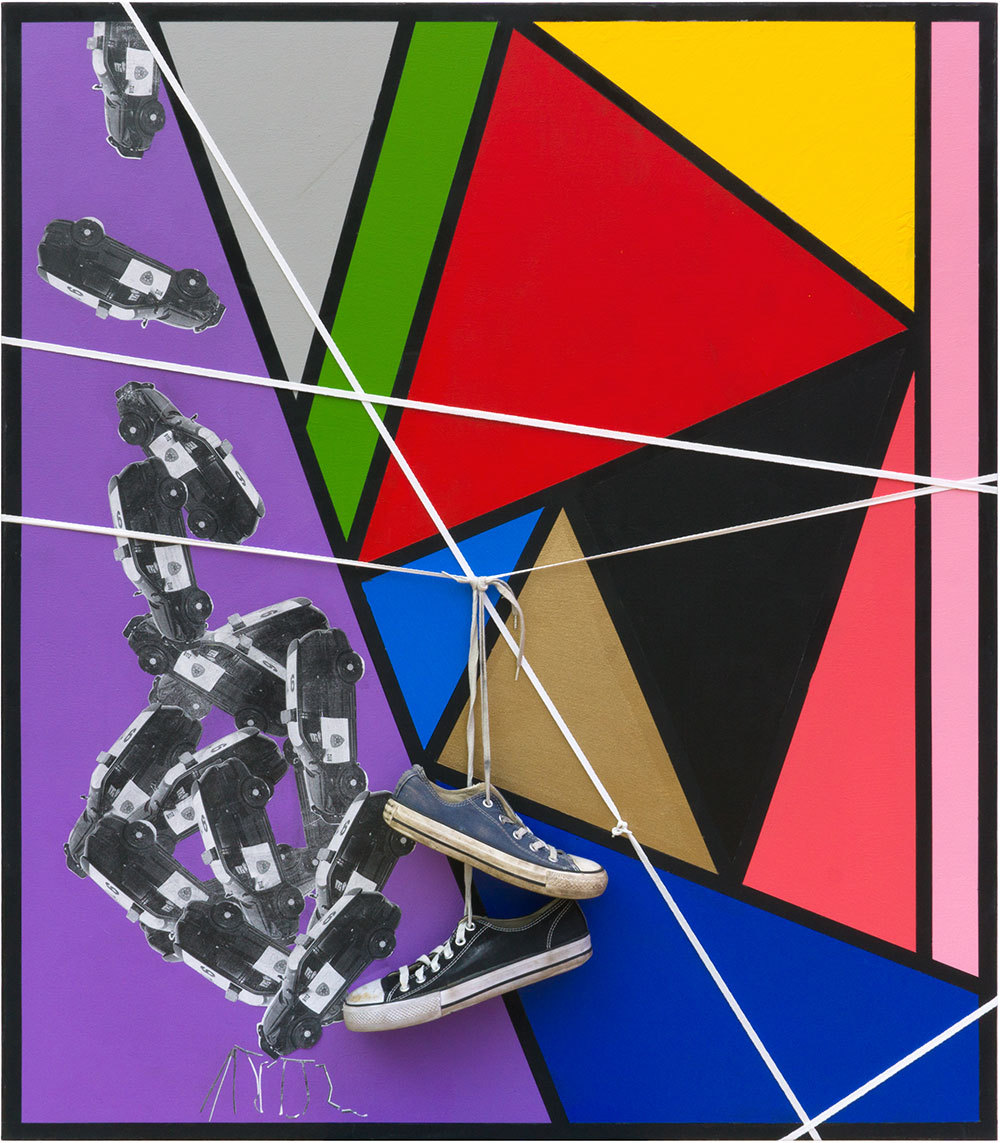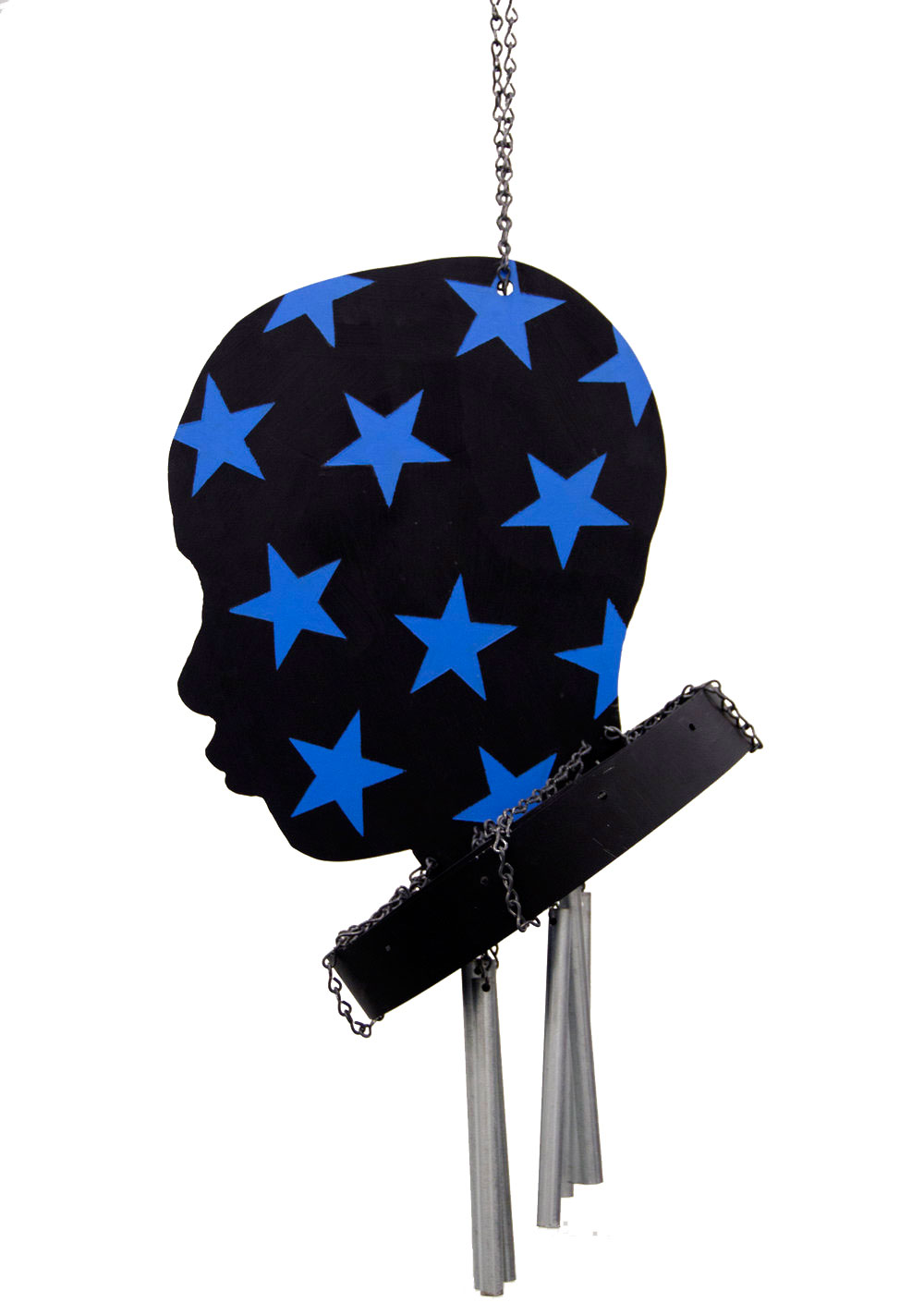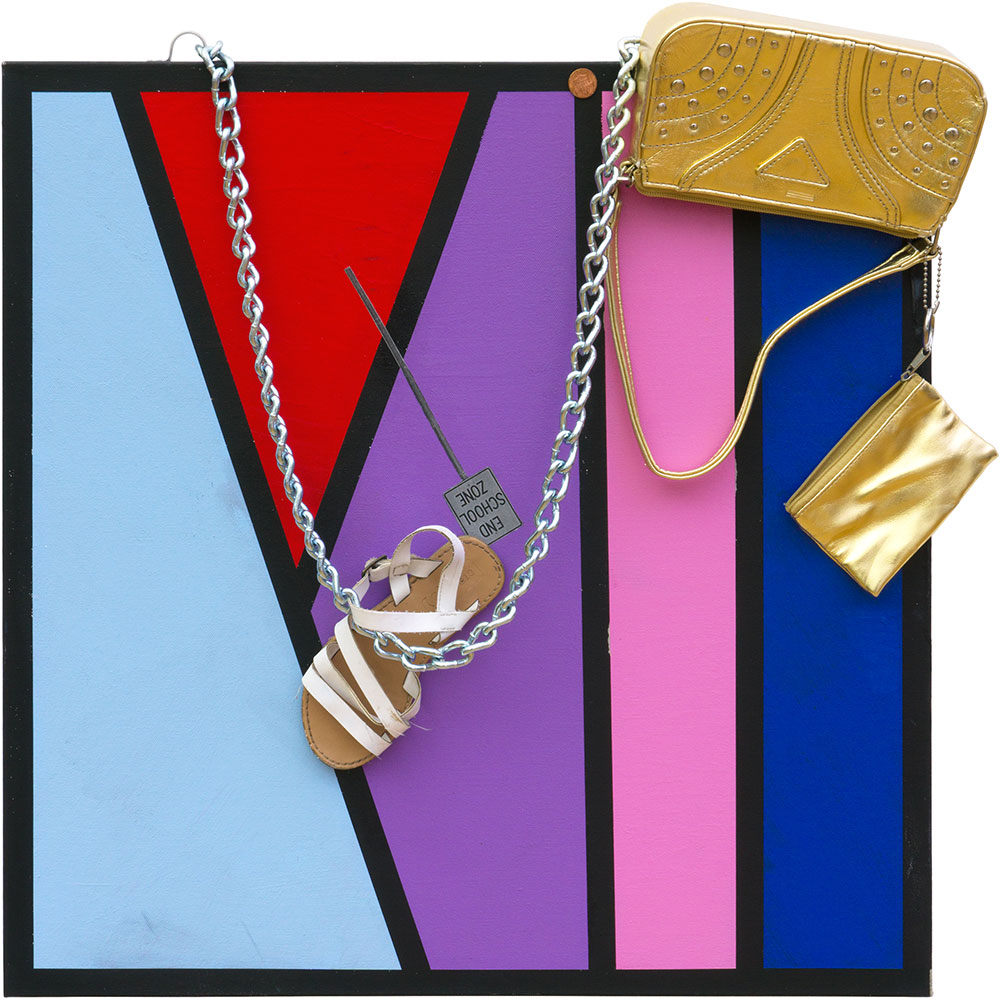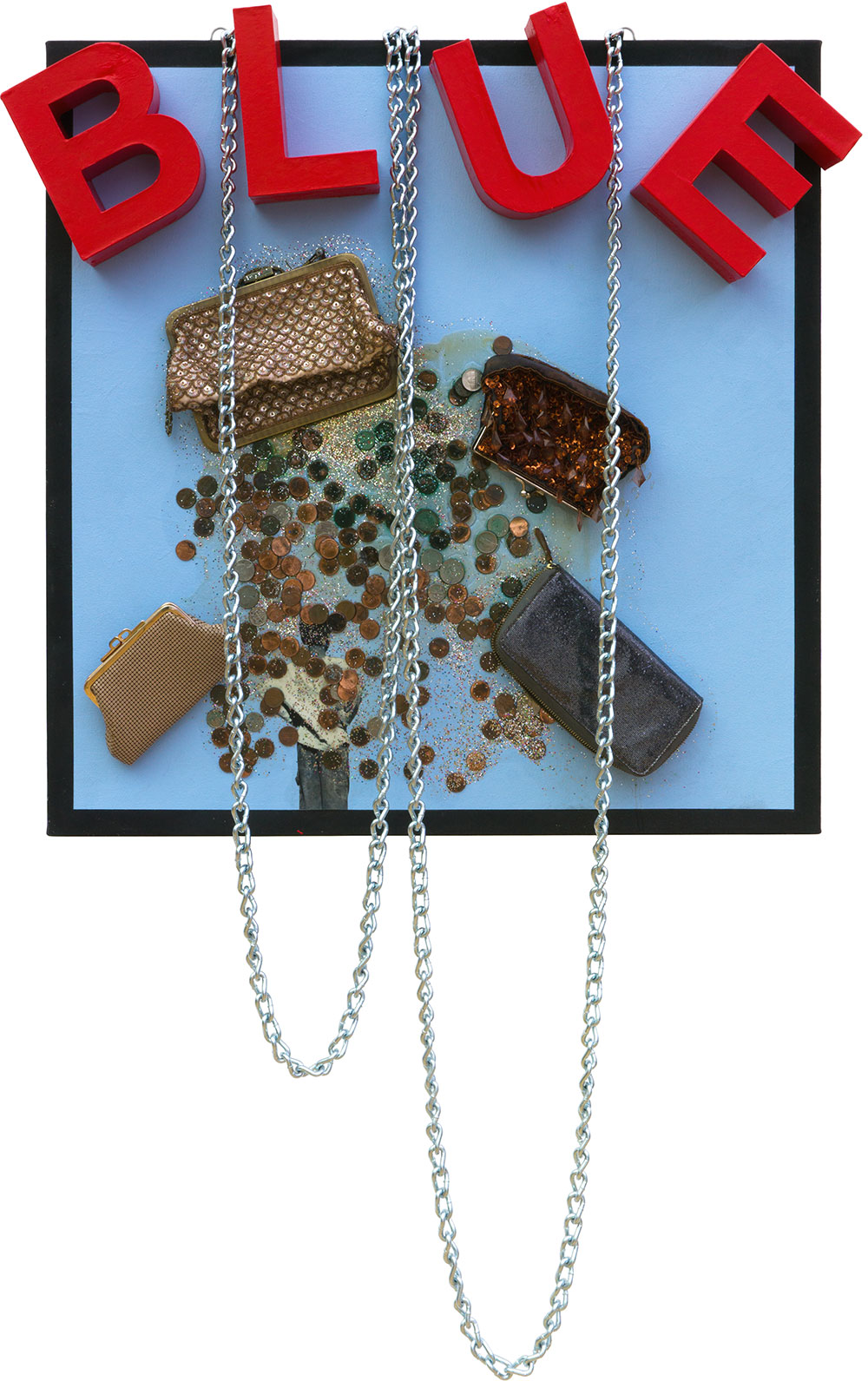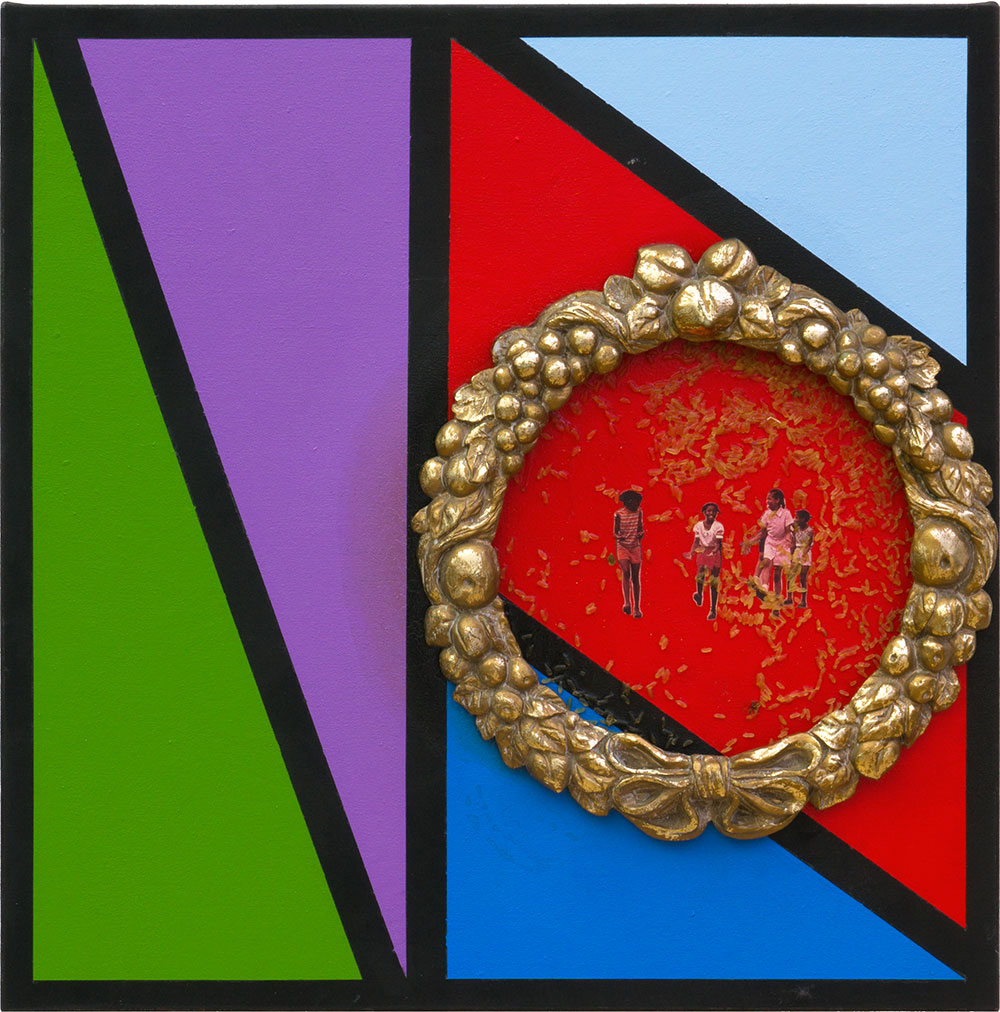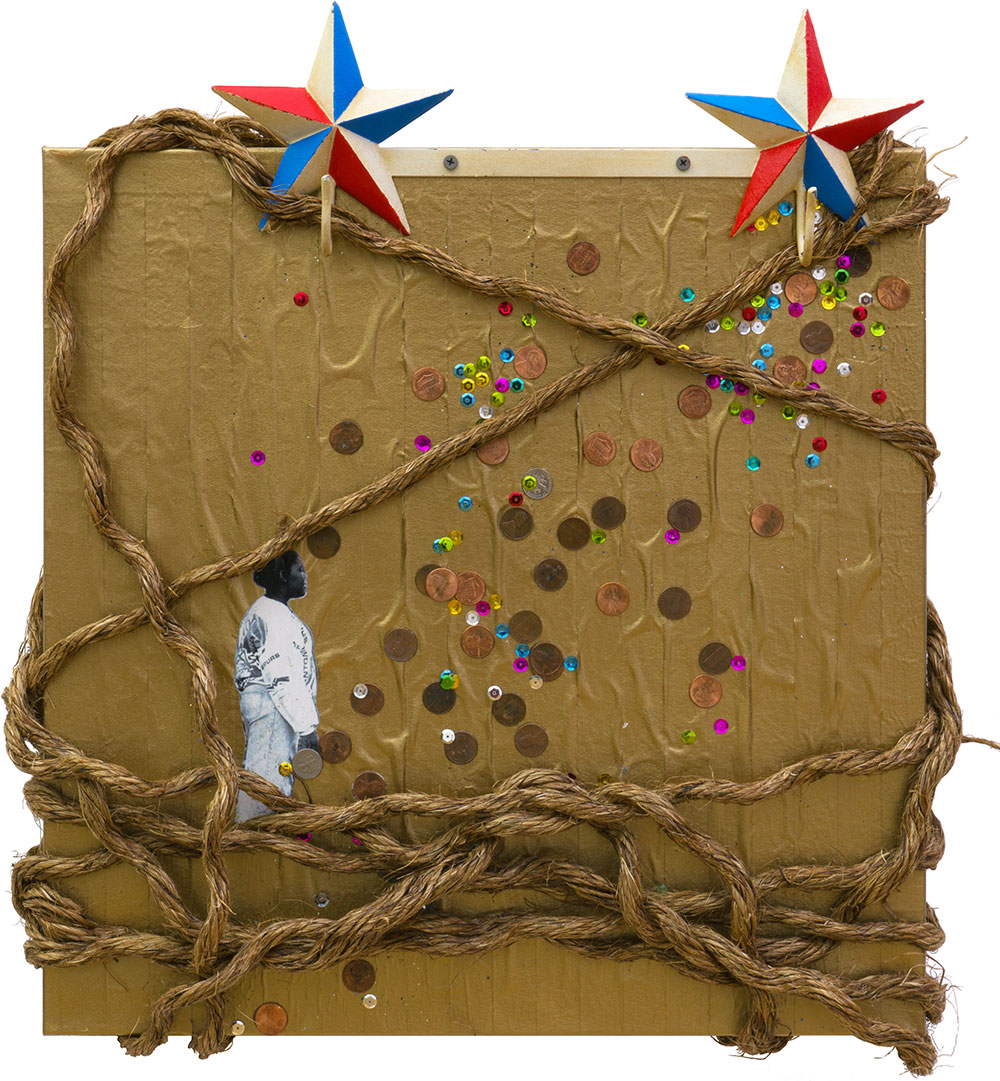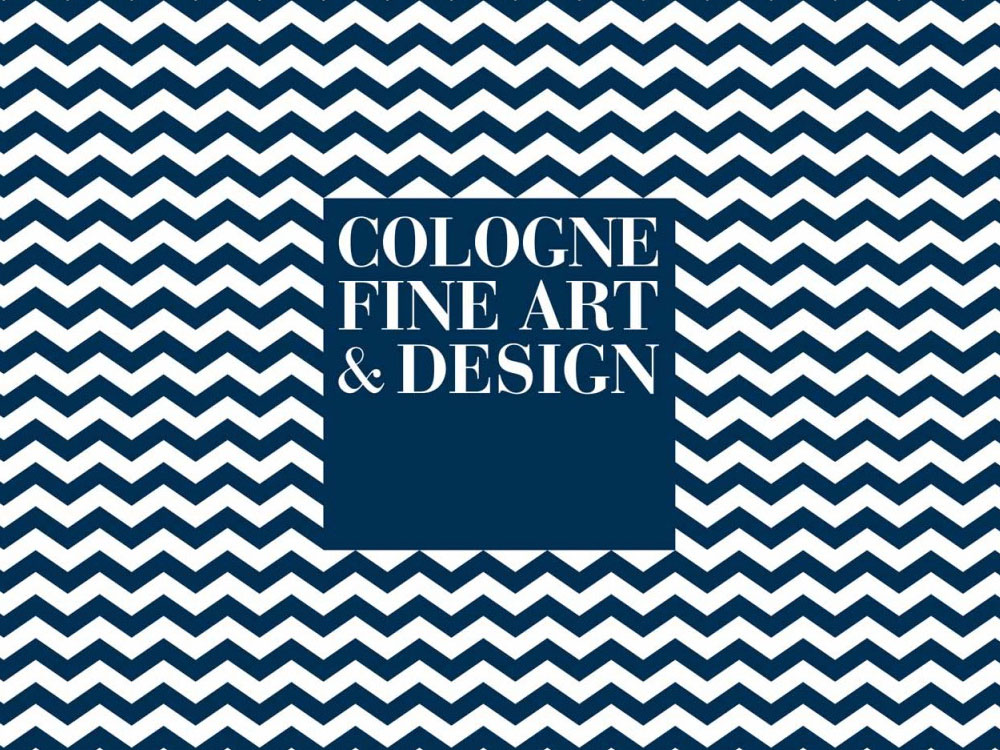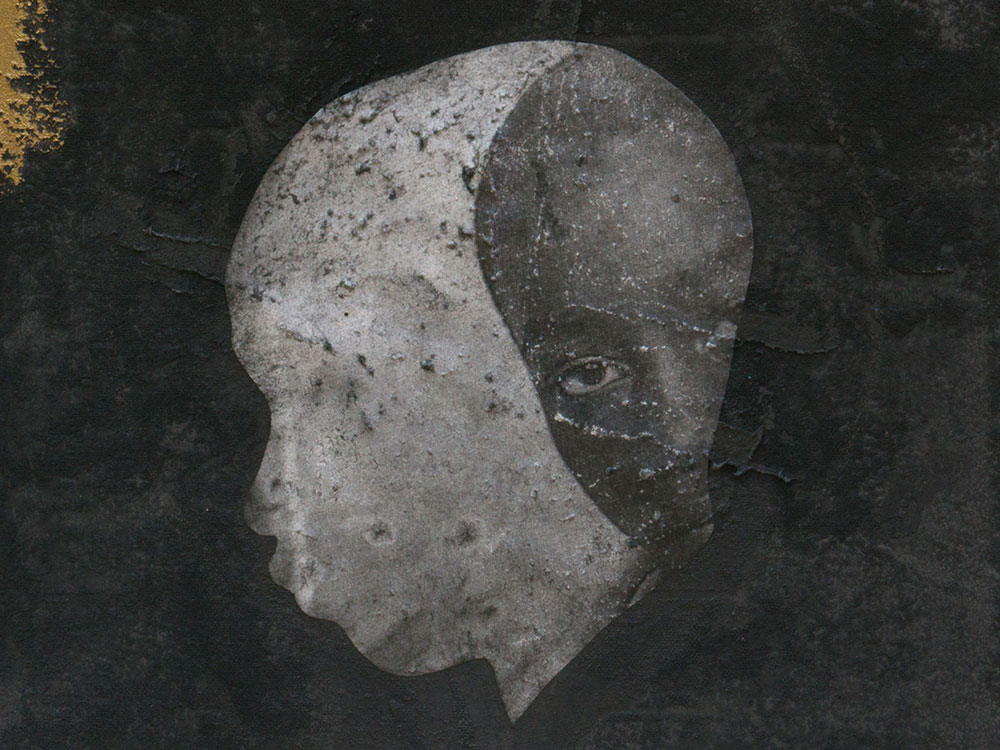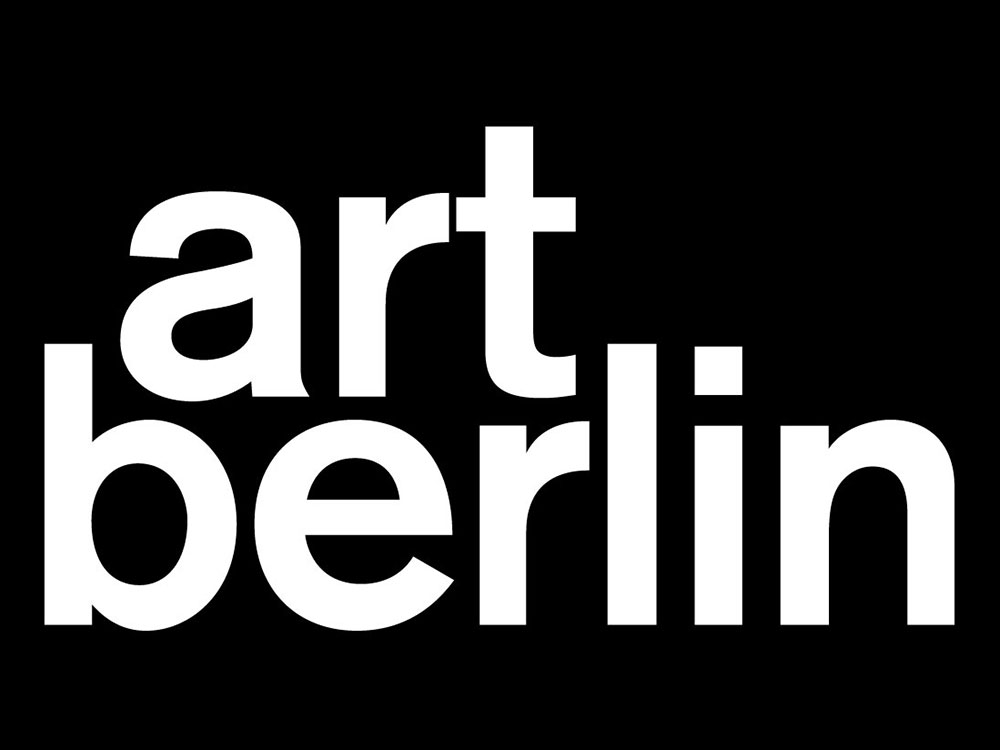Kevin Demery's work explores the interplay between U.S. history and signifiers of power, developing an artistic language that invites us to move between the aesthetic of his work and recurring motifs of historical violence, surveillance, and childhood trauma. Demery uses assemblage to form poetic snippets of history and collective reflection. He earned his BFA from the California College of the Arts in San Francisco in 2014 and his MFA from The School of the Art Institute of Chicago in 2018. Since 2021, Demery has been teaching at the Kansas City Art Institute.
Demery has had solo exhibitions at Sakhile&Me in Frankfurt (2022, 2019) and Dream Farm Commons in Oakland (2020) as well as an ongoing series of duo exhibitions with Andrew Mcilvaine titled “Threshold” which were hosted at Gallery Bogart (2024) and Vulpes Bastille (2023), both in Kansas City. The artist’s work was also included in the “Delta Triennial” at the Arkansas Museum of Fine Arts in Little Rock (2024) and the “Charlotte Street Visual Artist Awards” recipient show at the Nelson-Atkins Museum of Art in Kansas City (2024). His work has been presented at art fairs such as Art Cologne (2024), Art Berlin (2019), and Expo Chicago (2018).
The artist was an artist-in-residence at the Charlotte Street Foundation in Kansas City (2022), the Bemis Center for Contemporary Arts in Omaha (2020), and ACRE in Steuben (2018). He received a post-graduate teaching fellowship to the Kansas City Art Institute through the Association of Independent Colleges of Art & Design in 2021 as well as one of the school’s Teaching Excellence Awards in 2022.
Artist Statement
"I’ve always found poetry in objects that convey multiple histories; objects that, through context and placement, drastically change meaning. For this reason, I use a wide variety of media rooted in traditions of assemblage. My practice triangulates intimate examinations of childhood, racial subjugation, and autobiography. The use of kitsch-like aesthetic momentarily veils the weight of the subject matter. I traverse a multitude of applications and presentations to draw the viewer into an environment with each piece. This is done as a means to evince the power of the materials used and to evoke curiosity into the narratives that lie within them.
"Some examples of how I employ these methods are my most recent sculptures featuring a collection of larger-than-life-size windchimes. The centerpiece of the sculptures features the likeness of George Stinney Jr., a deceased 14-year-old African American boy who was tried, falsely convicted, and executed in Alcolu, South Carolina, in 1944. The windchimes I make appropriate the final photo taken of George at a profile, which was his mugshot post-arrest. I employ the use of his silhouette carved out of 1⁄2- inch MDF board to illuminate the one-dimensional character he was afforded in life. In resurrecting George through this shape and putting him into the form of the windchime, I call upon histories of kitsch, the American South, and the poetics of wind.
"Overall, I think of my work as a hybrid between contemporary sculpture and black cultural ephemera. The subject matter decays and disappears with the histories it draws from, allowing the objects I create to sit on the perimeters of an art object, a monument, and a relic."





